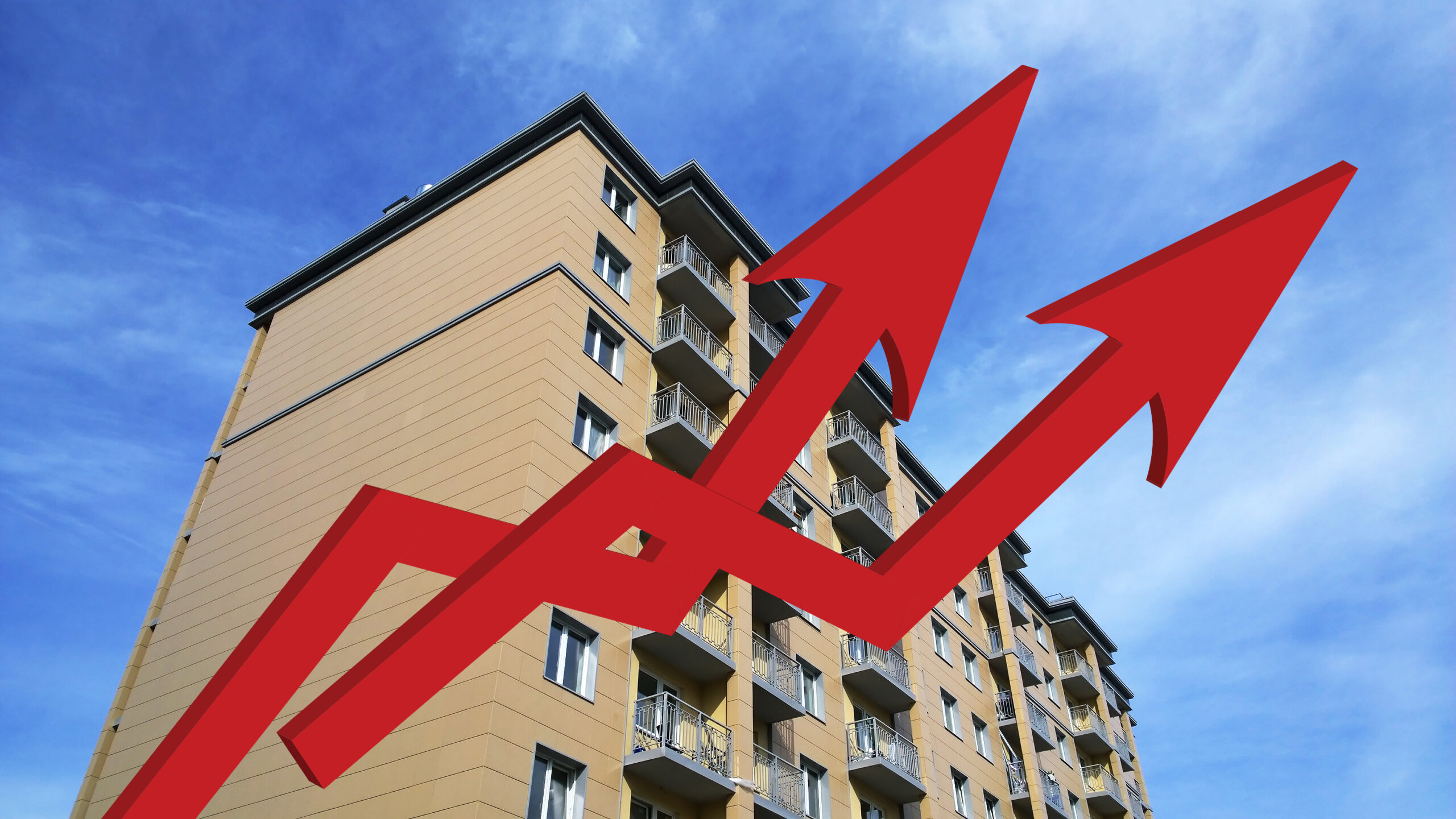Navigating Rent Increases
It’s that time of year again. Around mid-October, fear and despair come creeping in, sending shivers down the spine!
It’s budget meetings season!
A time when we must address the rising cost of doing business and – GASP! – rent increases!
We’ve all been there. We don’t need to live in fear of raising our rates. Reverse your thinking: rent increases are a way to show how proud you are of your community, the quality of staff and the quality of services provided.
Understand your market
Raising rents starts with a thorough competitive analysis. Understanding your market and the competing offerings are key to a strong Strengths-Weaknesses-Opportunities-Threats (SWOT) analysis. SWOTs allow you to capitalize on your strengths, know where your rates land and find your special place in the market.
Share the competitive analysis with your leadership team and involve them in the SWOT process. This provides them the opportunity to look “ON” the business, to analyze facts, not react to feelings. It also allows them to see the value in your community through the scope of multiple departments. Team members need to see and believe in the community’s value to help ‘sell’ the increase to residents.
Help your residents to see the value
The perceived value of the community will ultimately translate into the value your prospects and residents perceive, but they have to FEEL and SEE the value. We cannot sell what we don’t believe.
Prospects choose a community based on many factors, not solely on price. They choose based on their value. This generation of residents are aware of inflation and rising costs, so most of them will be willing to pay an increased rate if they perceive value.
Communication softens the shock
Communication, as always, is key to navigating rent increases. Communicate early, often, and via multiple channels. A personal phone call or visit from the executive director can go a long way in terms of developing a relationship and building rapport and trust.
The psychology of pricing
We read left to right, which makes the .99 cent theory something to pay attention to when increasing rates. Reading that your new rent is now $4,999 instead of $5,001 is somehow easier to swallow. Although it’s only a $2.00 difference, our brains think, “Oh good, it’s still $4,000!”, not, “My rent is now $5,000!”
Spread out the increase if possible
Split up the increase over the course of the year if possible. A 6% increase on January 1st and a 6% increase on April 1st is easier to swallow than a 12% increase on January 1st.
No surprises
No one loves a surprise, so set the yearly rent increase expectation at move-in. Explain that the amount is unknown and is based on the economy. Be transparent and upfront and you won’t have surprised residents and family members.
Cover all the revenue bases
Ensure that all revenue is captured: care revenue, rent, and ancillary services. Quarterly care level reviews are imperative to be sure that levels of care and staffing are in alignment.
Don’t give away revenue by giving move-in concessions. Collect the community fees. Be proud of your product (after all, you now have a thorough competitive analysis to back you up). Most residents would rather not be given a concession than receive a 12% rent increase because the community gave so many concessions throughout the year.
Respect your current residents
Ensure your current residents’ raised rates are lower than the new market rates. If that’s not the case, review your costs and margin goals and adjust your market rate accordingly.
We’re here to help
Wondering if your community should roll out a large rent increase? Wondering where you truly sit in the market? Reach out to the Grow Your Occupancy team at [email protected] – we’re here to help with competitive analysis and SWOTs.

